Roots Vacuum Pump Wikipedia

Roots vacuum pump roots pump is a kind of rotary varactor vacuum pump.
Roots vacuum pump wikipedia. Named after the roots brothers who invented it this lobe pump displaces the liquid trapped between two long helical rotors each fitted into the other when perpendicular at 90 rotating inside a triangular shaped sealing line configuration both at the point of suction and at the point of discharge. It evolved from roots blower. The gear box and bearings of roots pumps are separated from the gas pumping chamber. Chemical and process engineering.
The 645 series was an evolution of the earlier 567 series and a. It first appeared in germany in 1944. In combination with backing pumps which compress against the atmosphere these pumps offer lots of advantages. Roots pumps are used where great volumes have to be pumped.
The first vacuum pump was invented in 1650 by otto von guericke and was preceded by the suction pump which dates to antiquity. Roots vacuum pumps roots vacuum pumps ruvac which are also called roots blowers are rotary plunger type pumps where two symmetrically shaped impellors rotate in opposite directions inside the pump housing. The frictionless pumping action of the lobes means that dry operation is assured. The roots type blower is a positive displacement lobe pump which operates by pumping a fluid with a pair of meshing lobes resembling a set of stretched gears.
Its structure form is evolved from roots blower. According to the different working range of roots vacu. These pumps are therefore ideally suited for applications in low or medium vacuum and are frequently used in. Its structure and working principle are similar to roots blower.
The roots blower is one example of a vacuum pump a vacuum pump is a device that removes gas molecules from a sealed volume in order to leave behind a partial vacuum. In the roots vacuum pump two synchronously counter rotating rotors 4 rotate contactlessly in a housing figure 4 16. Roots vacuum pumps for many years now roots vacuum pumps have been well established in the area of vacuum technology. The rotors have a figure eight configuration and are separated from one another and from the stator by a narrow gap.








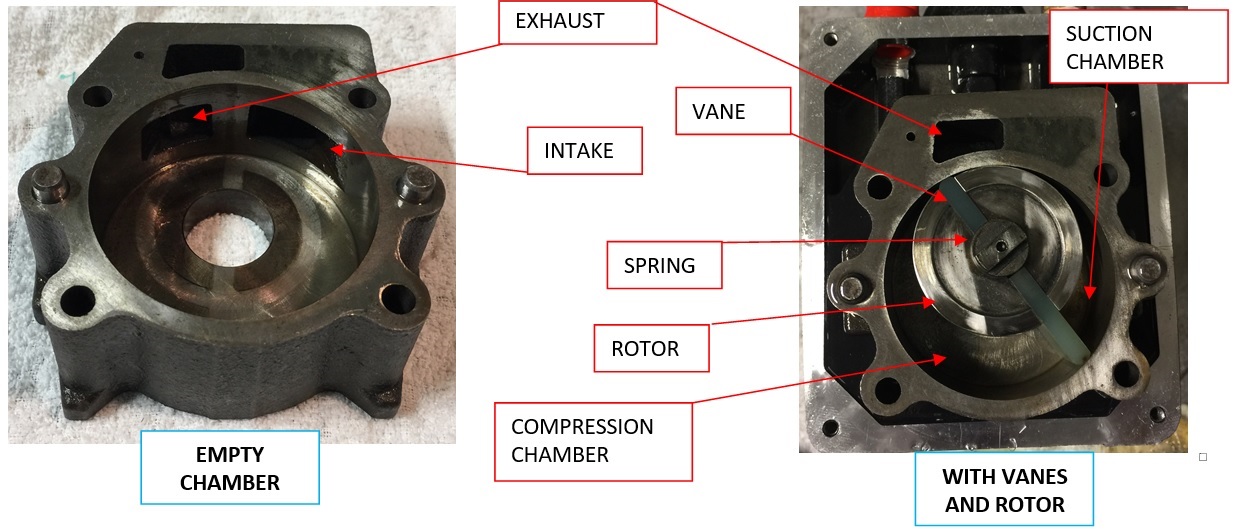

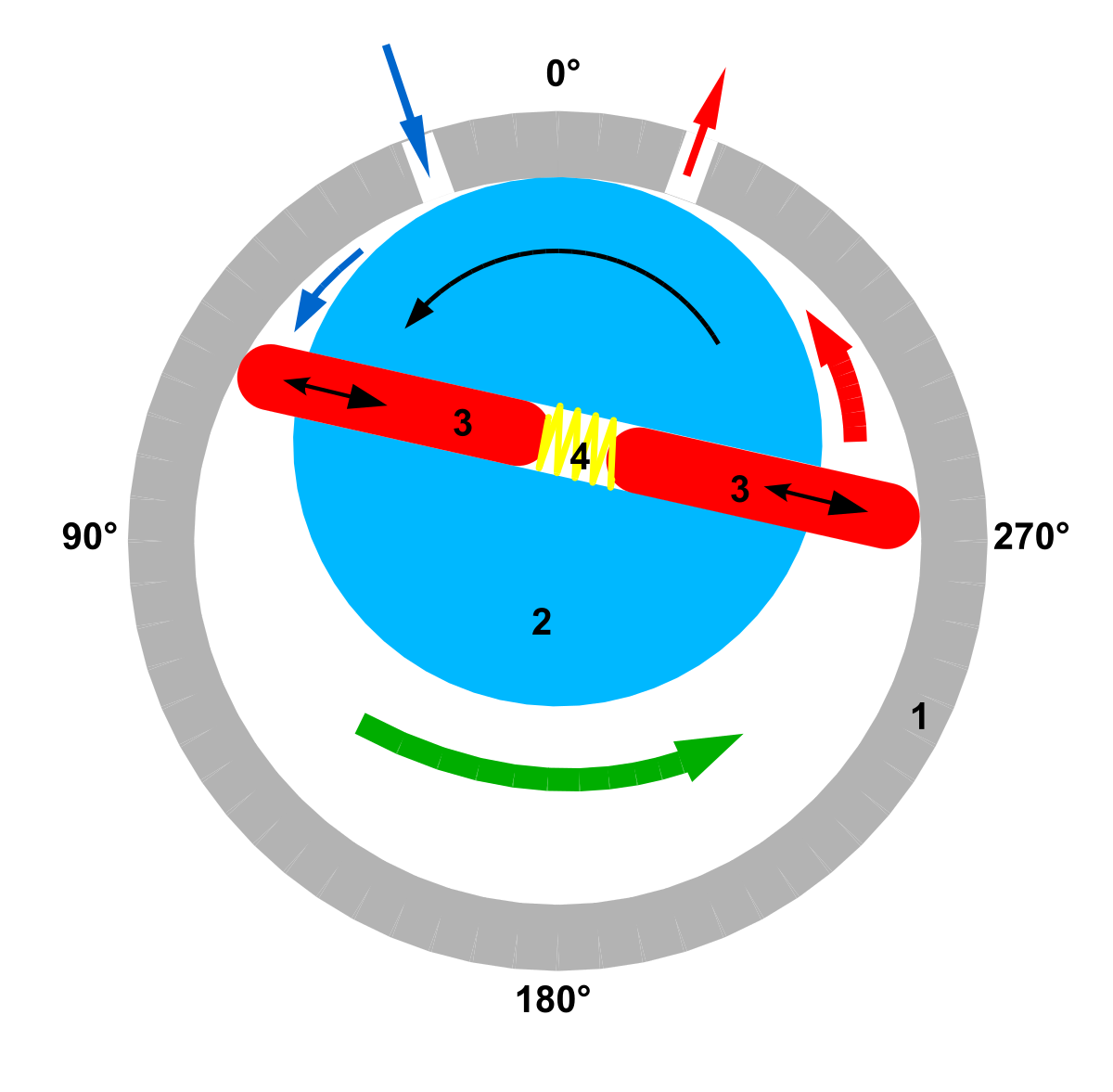
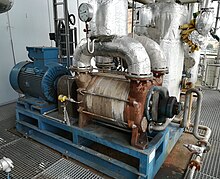





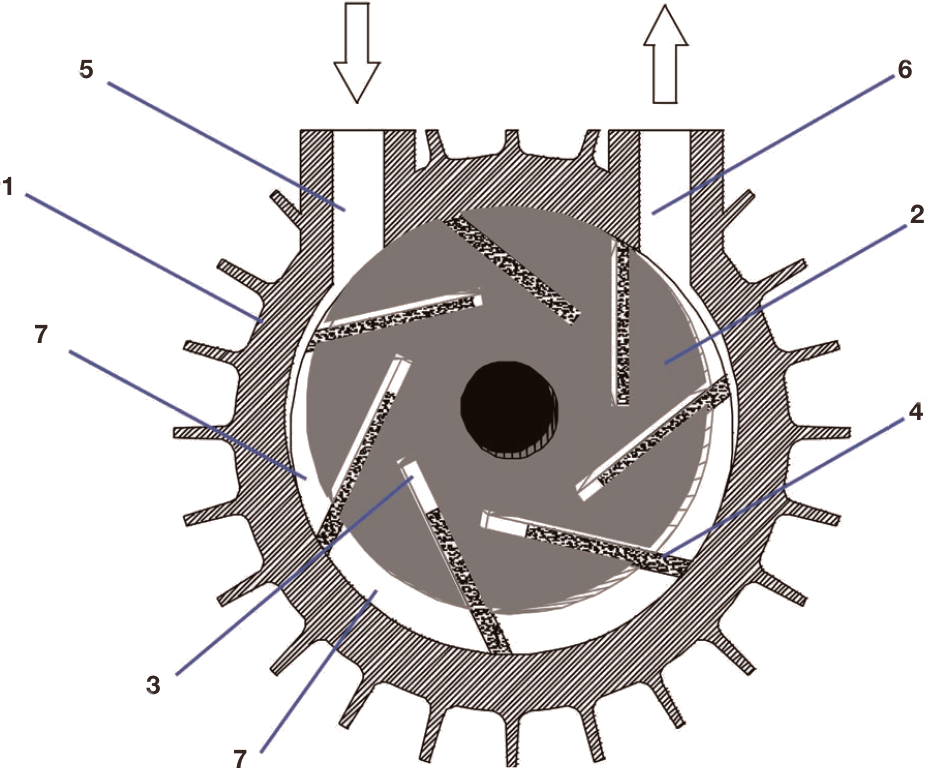






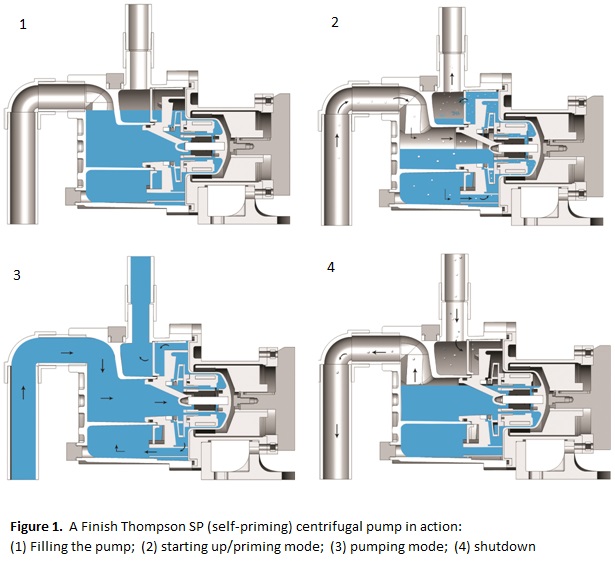


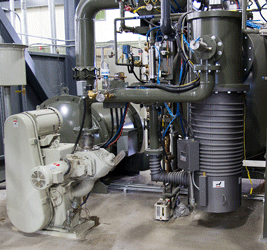

















2.jpeg)
